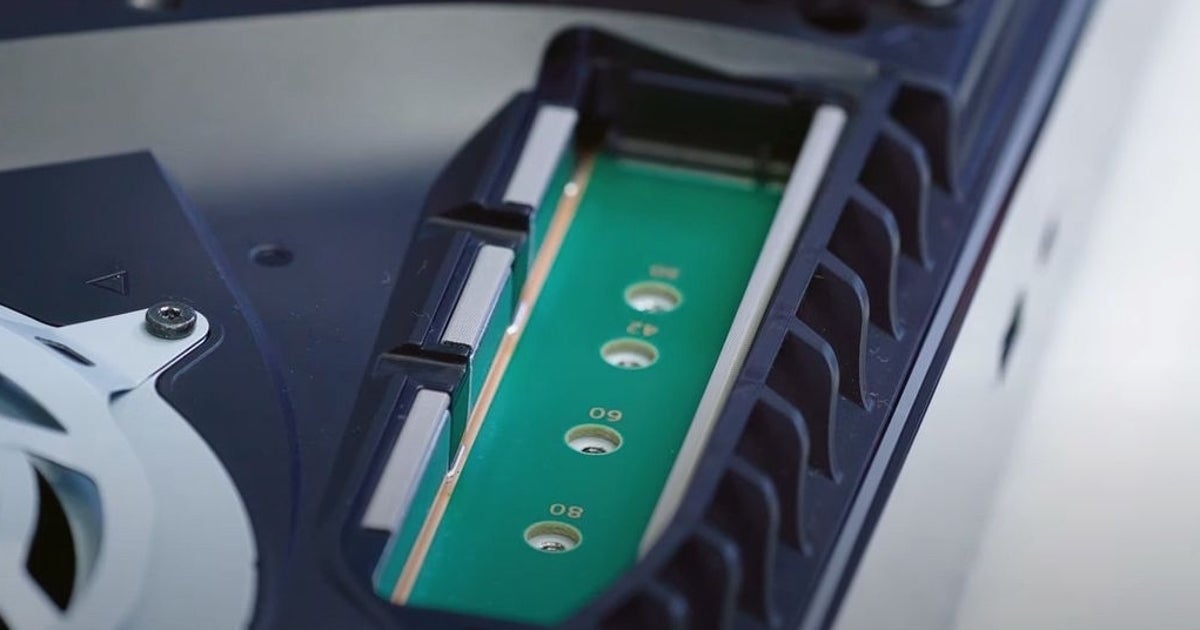Yes, even MS' own developers agree that higher frequency and narrow is preferable, MS' own words:
"And so for them to go wider, for them to go to 14 hardware threads, it means that they have the system to do it, but then, you have to have workloads that split even more effectively across them. And so we're actually finding that the vast majority of developers - talking with them about the their choices for launch - the vast majority are going to go with the SMT disabled and the higher clock."
This is on the CPU. Same applies but even more to the GPU. So Cerny has made a spot on choice again, quite visionary actually to come to that decision 'what if we could run a console GPU at 2230Mhz core clock, and what can we do to achieve that?' as the benefit is massive, and preferable to the inefficiencies that go with a 52 CU approach from MS with 400Mhz lower clocks, as all of those 52 CUs are hard to saturate, hence 'inefficiencies'.
The solution for PS5 is some exotic cooling solution that we'll find out about at the reveal and a unique variable frequency on the CPU/GPU (plus MS' Smartshift tech).






